#bird taxonomy
Explore tagged Tumblr posts
Text

T H I S T H I NG
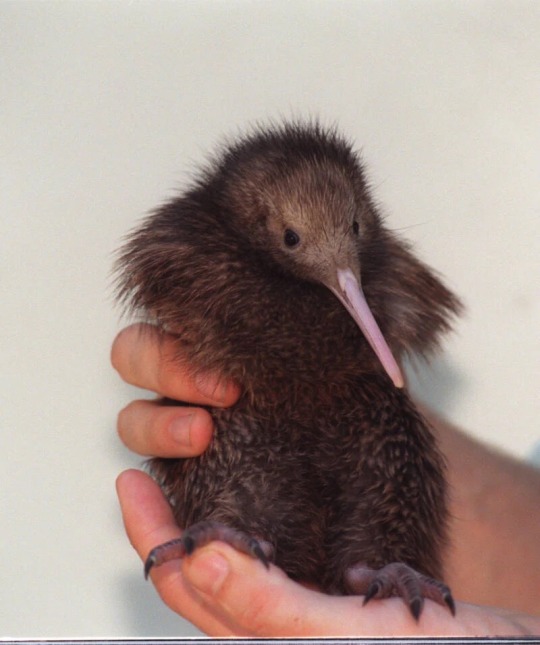
this. This is the closest living relative to the elephant birds
You know, the biggest birb ever
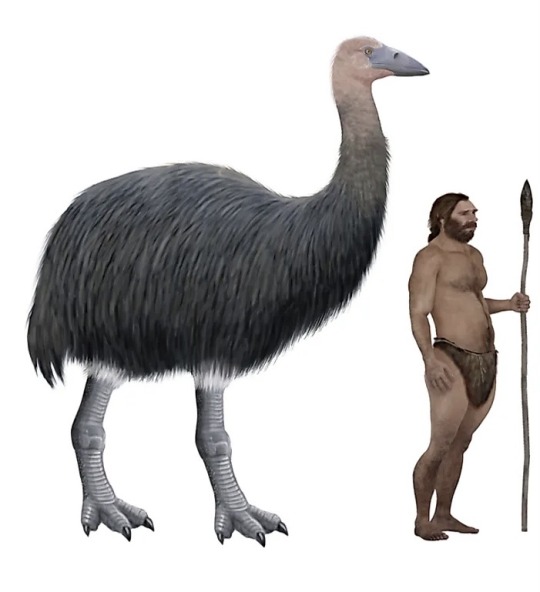
I think

like what
Why are ratites like this
#ratite#ratite taxonomy#kiwi#kiwi bird#elephant bird#goober#dinosaur taxonomy#dinosaur#wtf#bird#bird taxonomy
345 notes
·
View notes
Text
Below the poll is a series of animal images labeled A through J. A is the least close to the birds we have today; J is the closest. If you encountered these animals in the wild, which would you call birds? If you pick a higher up option, then that means you consider all the below ones birds as well - so if you pick A, then BCDEFGHIJ are all birds. If you pick J, only J is a bird.
A:

B:
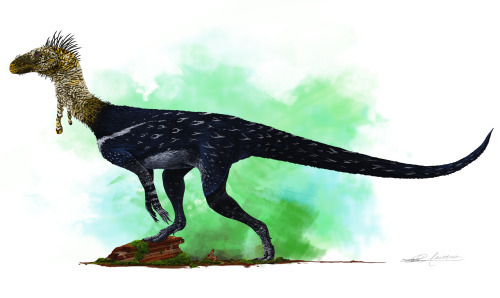
C:
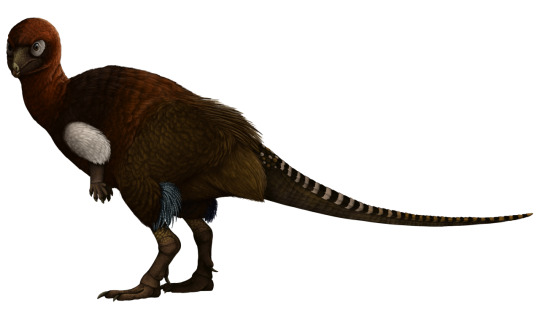
D:

E:
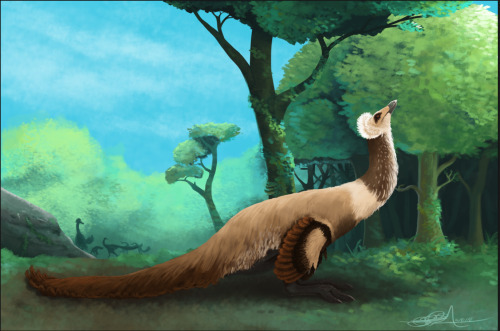
F:
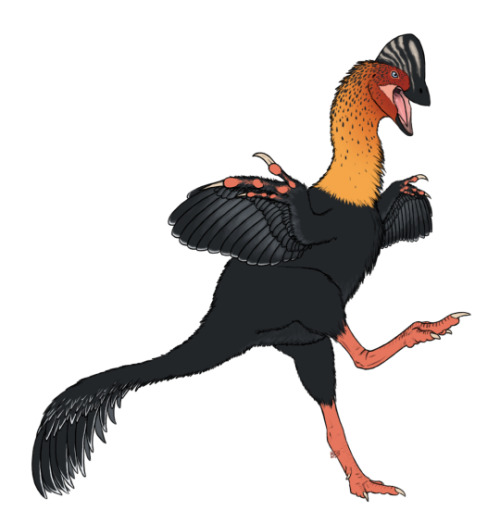
G:

H:
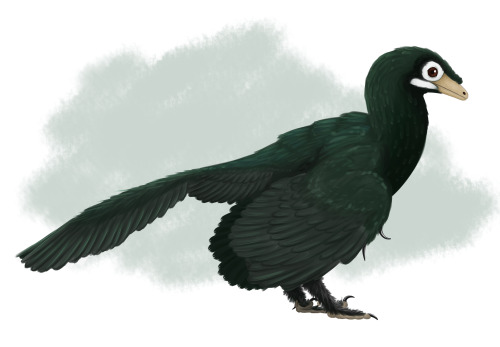
I:
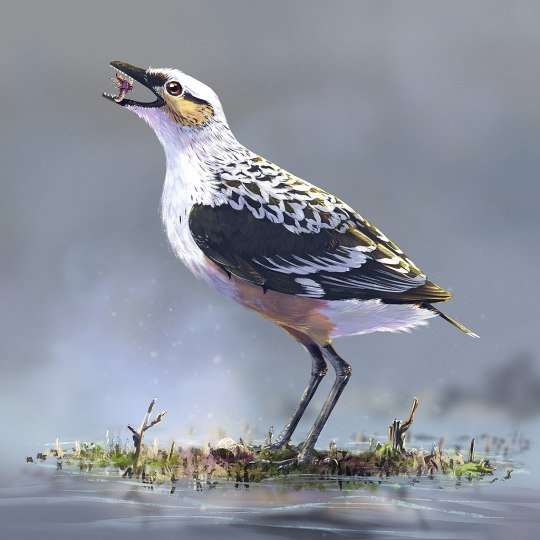
J:
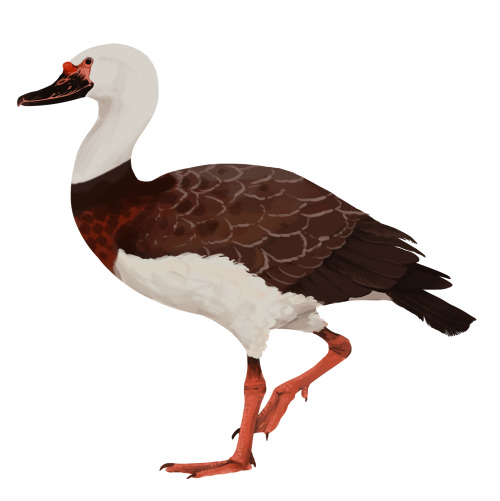
PLEASE REBLOG THIS SO IT CAN LEAVE PALAEOBLR. I NEED PEOPLE WHO DON'T RECOGNIZE THESE ANIMALS ON SIGHT TO VOTE.
I apologize to all of y'all with vision impairments for whom this poll is inaccessible. Alas, this is an experiment, and I cannot name the taxa. Thank you.
All alt text includes artist attribution; I did not make these pictures myself.
#palaeoblr#dinosaurs#birds#pterosaurs#prehistoric life#WHAT ARE BIRDS#bird political spectrum#taxonomy#classification#cladistics#phylogenetics
19K notes
·
View notes
Text

funny guys
#my art#digital art#queer artist#birds#sea birds#marine biology#animals#taxonomy#blue footed booby#avian#bird art
2K notes
·
View notes
Text

Quiz: Can You Pick The Closest Relatives On The Tree Of Avian Evolution?
Not everything is quite as it seems when it comes to evolution. Try this quiz and see if you can pick out who is related to whom in the bird world.
Evolution works in somewhat mysterious ways. Two birds at the same backyard feeder that look alike could be separated by millions of years of evolutionary history. Meanwhile, two birds that are each other’s closest evolutionary cousins could live on opposite sides of the world.
That mixing and matching of birds with different speciation histories is borne of two seemingly opposing forces of evolution. On the one hand, divergent evolution is pushing closely related species away from each other; natural selection (the race to enhance survival, such as being better at exploiting food resources or evading predators) pushes birds to gain an advantage by looking different or moving someplace different…
Take the quiz here:
472 notes
·
View notes
Text
Big news for bird names: American Ornithological Society to replace eponyms
AOS intends to change all offensive and eponymous (named after people) common names of birds in the USA and Canada.
Renaming these species will be done with involvement of the public and overseen by a new committee made up of ornithologists, social scientists, and communications and taxonomy experts.
AOS will work with the ornithological societies of Central and South America determine who in these regions will maintain stewardship of common English names.
AOS announcement: https://americanornithology.org/about/english-bird-names-project/american-ornithological-society-council-statement-on-english-bird-names
More information under the cut.
How do bird names work? Scientific names (binomials like Zonotrichia albicollis) are set by the International Commission on Zoological Nomenclature. These names are meant to be unique, unchanging, and universally recognized. Common names, on the other hand, are more fluid. The American Ornithological Society is the recognized authority on English-language common names for North American birds, published in their annual Checklist.
The larger context. Ornithologists name birds after people to commemorate those individuals, but this create problems. What do you do when a common name is racist, or when a bird is named after someone who, frankly, sucked? AOS has changed bird names for both of these reasons already.
In 2000 AOS changes the common name of Clangula hyemalis from a racist word for Native women to Long-tailed Duck (although at the time, they denied it was because of "political correctness")
2021: AOS changes the common name of Rhynchophanes mccownii from McCown's Longspur to Thick-billed Longspur. McCown was a Confederate. The push to rename this bird was a flashpoint in the #birdnames4birds movement.
Why not decide one-by-one? Sometimes it's obvious. For example, John James Audubon was a grave-robbing, slave-owning racist; birds such as Audubon's Oriole and Audubon's Shearwater are named after him. Although the National Audubon Society has voted to keep their name ("won't someone consider the branding"), many chapters have changed their names, e.g. the Chicaco Bird Alliance. Other individuals with birds named after them are less well-known or clear-cut in how much they did or did not suck. Removing all eponyms, rather than debating who sucks on a case-by-case basis, will cut down on the arguments.
How will this actually happen? It's not yet clear. Any free-for-all-poll might result in some Birdy McBirdFaces. No timeline either. But it sounds like this really is happening!
4K notes
·
View notes
Note
PLEASE TELL ME ABOUT JUNCOS IT'S A NEED
YOU’VE ACTIVATED MY TRAP CARD!!!
YOU’LL REGRET THIS!!!!!!!
Okay so dark-eyed juncos (Junco hyemalis) are one of the most fascinating and overlooked species of songbird in the US because they are, generally, fairly plain looking and common. They’ve been called Snowbirds throughout the Eastern US and they’re often disparaged because spotting a junco means it’s about to snow. However, this is often not true because many places have resident populations (meaning they live there year round) and they are subject to a sort of confirmation bias—you’ve heard they’re a winter-only bird so you’ll only notice them during winter, similar to American robins that are known as a “first sign of spring” bird even though their seasonal movements are very complex and they often have resident populations.
Onto why they are FASCINATING, or at least why I think so (and I am correct always obviously) there are many, many different subspecies of dark-eyed juncos. And we have NO IDEA how many there actually are! It is highly debated and depending on who you ask there’s anywhere from 14-15 recognized subspecies, with 2-3 different large groups and 3-4 smaller ones. I’ve even heard people say as little as 9 and as many as 17. I have watched seasoned professionals with tenure get up in arms about this. It’s incredible.

Here’s an example of some!
Read Top to Bottom/Left to Right: Rocky Mountain (Cassiar) Junco (cismontanus), Pink-sided Junco (mearnsi), White-winged Junco (aikeni), Slate-colored Junco (hyemalis), Gray-headed Junco(caniceps), Red-backed Junco(dorsalis), Oregon Junco(oreganus)
If you live in the east of the us, the little guy in the middle (slate-colored junco) is going to be the one you see the most, and if you live in the west it’s the bottom right (Oregon junco). Usually. Very broad, and there are many subspecies within the Oregon group that often get (incorrectly, but understandably) labeled oreganus when they are likely something else.
It’s extremely difficult to identify junco subspecies in field and without particularly great photos most people are left shrugging and putting them in slate-colored or Oregon groups.
This range map is incredibly simplified

And THIS range map is. Well. Yeah. Don’t get me started on intergrades.
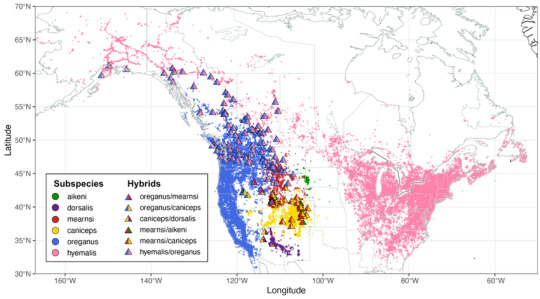
There’s several subspecies within the Oregon group and a large, unresolved debate about whether or not the Oregon group is actually its own species separate from slate-colored, with several subspecies.
Their systematics is a MESS (loving) and we’ve just recently moved the Guadalupe Junco to be it’s own species!
MY research has centered around this

You see this little guy right here?

This absolute little stinker that took me forever to photograph because they were being scared by hawks?
Yeah, that’s a Cassiar Junco.
Probably my greatest, rarest observation to date. And most people would write it off!
(Not sharing downloaded image bc location stuff lol. When I say rare I mean RARE.)
The Rocky Mountain Junco, also known as the Cassiar Junco, (Junco hyemalis cismontanus) is a presumed subspecies within the slate-colored group.
Depending on who you ask! Some believe it to be a subspecies, some believe it to be an intergrade between the slate-colored junco and Oregon junco, and others believe slate-colored and Oregon juncos to be distinct species making the Cassiar junco a hybrid. I will not give my opinion here yet since this is, technically, research I am currently doing but…let’s say I am observing breeding behaviors for a reason :)
They are incredibly rare, with most sightings taking place in the Northwest. Though they are spotted across much of the lower 48 a lot of these sightings are thought to be mistaken identity.
Looking at eBird range maps they fall within 0-2% sighting frequency, and all but disappear during summer months.
Is this because they are mistaken for slate-colored and written off? Or are they truly this rare? And if so, why?
There’s so many unsolved mysteries about this group of forgotten birds and especially the Cassiar junco.
Recently I’ve been looking into the research in gonadal growth delay in migrant populations vs resident populations and oh my god I could infodump a whole post on that but I’ll spare you. For now. If you express further interest there will be no saving you. It’s so cool man (said like siren song)
I am incredibly excited to focus my field research on them this winter (especially now that I have…connections) and I am very fortunate to live in a place that seems to get them more often than others.
Three cheers for Cassiar!
#ornithology#birding#taxonomy#dark eyed junco#deju#deju systematics#junco hyemalis#junco hyemalis cismontanus#cismontanus#this really is my point of no return tbh
583 notes
·
View notes
Text
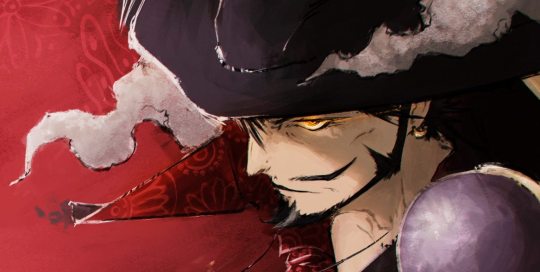
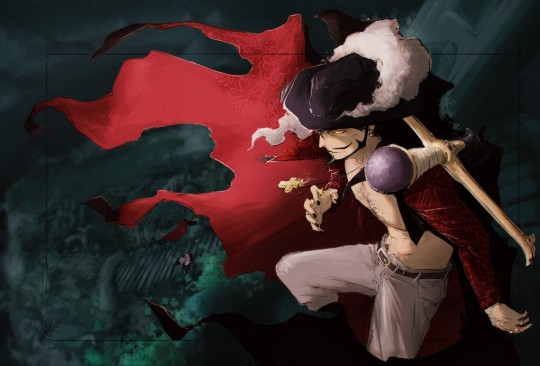
Accipiter pecten oculi

#dracule mihawk#mihawk#one piece#op mihawk#akagami no shanks#accipiter in latin translates to hawk and that word is used quite a few times in the taxonomy of birds of prey which i think is neat#hawks can be found in the order Accipitriformes along with other diurnal birds of pray (there's even a genus called Accipiter)#random taxonomy yapping aside. theres also a hint of#mishanks#but like if you squint (or if you go into the keep reading thingy)
361 notes
·
View notes
Text

#inaturalist#naturalist#ecology#zoology#biology#orinthology#taxonomy#birdblr#birds#hawk#hawks#naturalism#nature#hawk tourism#bird
2K notes
·
View notes
Note
if you have time to explain like i'm five, why can birds not be meaningfully separated from reptiles? is it just to do with how they evolved, or are there cold-blooded scaly birds out there that i don't know about?
Imagine you’re a duck. It’s good, right? Here’s some noodles. Pretend they’re worms. Okay, no, stop trying to put the noodles up your nose. Attention here, look, papa’s trying to explain something. Can you listen? If you listen you’ll get more noodles. Okay? Okay.
So you’re a duck (*quack* yes good). But I’m a dinosaur. Yup. Waiiit. You have to be a duck for the story to make sense. Okay. I’m a dinosaur and you’re a duck. You’re descended from me. So you’re actually a dinosaur too! I know right‽ that’s because children (descendants) of one group are still members of that group. You never stop being a dinosaur, no matter how different you look, because you’re descended from dinosaurs. Even though you’re a duck (*quack* yes exactly)
You remember your aunty? Let’s say she’s a crocodile. Yeah, she looks like a crocodile sometimes, doesn’t she? Okay. If she’s a crocodile, and we’re dinosaurs, then what are your grandparents? That’s right, they’re a group that somehow gave rise to both dinosaurs and crocodilians. That group is called Archosauria. So your grandma is a great big archosaur (don’t tell her I said that).
Now, we call archosaurs reptiles. Crocodiles are reptiles, and dinosaurs are reptiles too. And if dinosaurs are reptiles, then birds are reptiles, because you can’t just cut the family tree. No it’s not a literal tree. You can’t cut it. No, not even with scissors. Like I just said, you never stop being what your forebears were. No, forebears, not four bears. Bears are not reptiles. Ducks are. Okay. You get it? Good talk. Here’s some more noodles.
#am I doing this right?#explain like I’m five#more like#explain like I’m three#can you tell I spend a lot of time talking with a 1.5 year old and never with five year olds?#taxonomy#evolution#birds#dinosaurs#reptiles#Answers by Mark#is this scicomm??
896 notes
·
View notes
Text

Sandhill cranes (Grus canadensis) can be found across much of North America and part of northeast Siberia. Most populations migrate south for the winter, forming flocks of upwards of 10,000 birds.
#id in alt#sandhill crane#birds#animal art#digital art#oops originally i did what i rarely now do and just copy+pasted the species name from the wiki blurb w/out checking it elsewhere#without reading it at all apparently bc i came back later and#did a double take because surely i would have remembered the genus being Antigone. SURELY#i don't know what's going down in taxonomy world but it has been changed to Grus which is what iucn fws etc have listed#as i should have known/remembered in the first place with as much as ive read about them lately
183 notes
·
View notes
Text
Owls are so funny

Like they split off into two families
Family one is strigidae, the true owls






They are diverse, many genuses each unique
And then theirs tytonidae

And it’s mostly the genus tyto and they’re just

39 notes
·
View notes
Text

Back with another bird chart! This time featuring the species of owls found in Singapore. 🦉
#taxonomy#nature#wildlife#sgwildlife#birds#birding#birdwatching#illustration#singaporewildlife#singapore#birdblr#owls#Strigiformes#strigidae#tytonidae
42 notes
·
View notes
Text

some griffons
#original#worldbuilding#speculative biology#fantasy biology#griffons#anyway. bird time#only thing i have to say here is that i like designing griffons that u can look at and say#yeah. that thing is the evolutionary cousin of nightlings#like idk man i think u can see it in the same way u can look at apes and humans and say yeah. those are the same thing kind of#the shape has changed more dramatically and there is more evolutionary time between them but they're fundamentally...#...still results of the same ancestor#u can see it in the color of the skin and the shape of the limbs and the extent of feather coverage. ya know#i like eet#i could go into like. taxonomy probably for these guys but i wont cause. i dont have a throughline i'd just be rambling#check out these birds
29 notes
·
View notes
Text

Spotted crake or Porzana porzana
The spotted crake is a small waterbird of the family Rallidae. The scientific name is derived from Venetian terms for small rails. These birds probe with their bill in mud or shallow water, also picking up food by sight. They mainly eat insects and aquatic animals.
Available now on Society6 or Redbubble
#vintagrafica#vintage#redbubble#society6#nature#bird#birds#cottagecore#cottage aesthetic#birdwatching#taxonomy#scientist#biodiversity#biology#water birds#educational#education#ornithology#animals#1900s
134 notes
·
View notes
Text
I don't have a stance on the hyphen wars (Black-crowned Night Heron or Black-crowned Night-Heron?) but I need everybody to figure that shit out because it's making it really hard to pull data
59 notes
·
View notes
Note
Hi! If you have the time, could you please explain what makes a word either colloquial or scientific?
(Because you've been single-handedly dealing with a bad faith "debate team" all week - this question isn't a "gotcha", it's just to help me avoid accidentally repeating their mistakes.)
I know that any technical terms for a clade, or animals in a clade, count as scientific. So Dinosauria and Bovidae, as well as dinosaur and bovid, are always scientific words.
But common names are a lot harder for me.
Canis lupus includes domestic dogs, but does that mean all dogs are wolves, or that "dog" and "wolf" are colloquial terms that are just meant to describe our relationships with them? Or does it depend on the context?
Or when people argue about what counts as a "bird of prey", is there an actual right answer like with "are birds dinosaurs", or is it up for interpretation like with "what actually is a bird"?
Anyway, whether you get to answer this or not, thank you for teaching me enough to even ask the question - hopefully it'll mean one less mole for you to whack in the future.
well, common names *aren't* scientific by definition, which is the problem
dinosaurs don't have common names, which is why I can confidently say the term "dinosaur" means a specific evolutionary group that is still around
but words that are common, like bird, dog, wolf, etc. are up for debate and are defined colloquially, because that's their purpose; so yeah, its dependent on context and frame of reference
hope that helps
339 notes
·
View notes